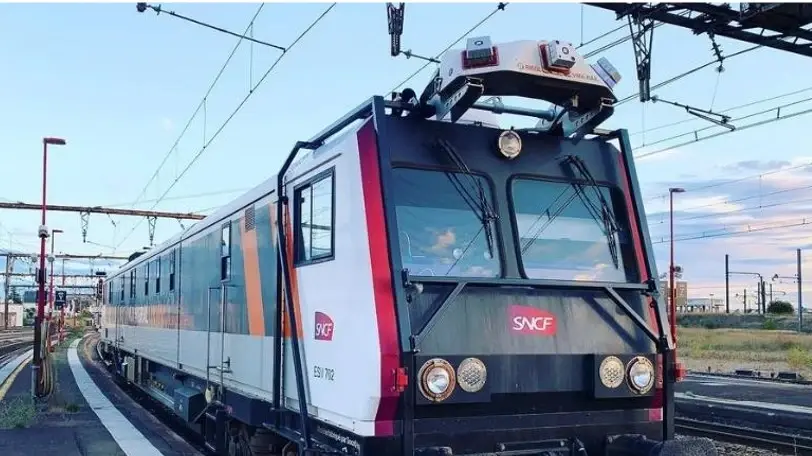Client case

Characterizing the risks of level crossings
Level crossings where a road intersects with one or more railway tracks can vary in width.
A challenging crossing increases the risk of a vehicle becoming stranded in the middle of the level crossing, which can lead to serious accidents and significantly impact the rail traffic.
|
Customer needs |
Optimize vegetation maintenance operations |
|
|
Types of data analyzed |
3D LiDAR point clouds |
|
|
Data acquisition method |
ESV measurement train |
|
|
Method of using the digital twin |
1 |
Creation of altimetric profiles in TIPULES format (specific to SNCF): by extracting the altitude of each point on the profile |
| 2 |
Longitudinal profile representation of the axis of each traffic lane crossing the railway tracks |
|
| 3 |
Creation of a topographic plan of the level crossing and its surroundings |
|
|
Benefits for the client |
|
|
|
What is LiDAR ? |
|
LiDAR, which stands for "Light Detection and Ranging" or "Laser Imaging Detection and Ranging," is a distance measurement technique based on the analysis of the properties of a light beam returned to its emitter. A LiDAR system is an optoelectronic device consisting of a laser emitter, a receiver with a light collector (such as a telescope or other optics), and a photodetector that converts light into an electrical signal. It also includes an electronic signal processing chain that extracts the desired information. LiDAR data collected forms a three-dimensional point cloud with up to 7,000 points per square meter, providing a highly detailed and precise level of information. |

What is a Track Inspection Vehicle (TIV) ?

Altametris - subsidiary of SNCF Réseau - creates, exploits and enhances digital heritage of all infrastructrures to secure and optimize their performance, while respecting industrial fundamentals. Altametris offers consulting and, support Services, a turnkey Solutions catalogue, and an online sofware Suite.
© Altametris - 2024